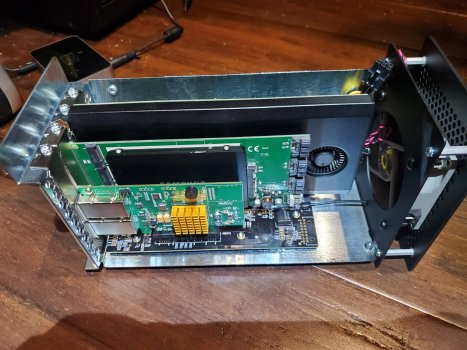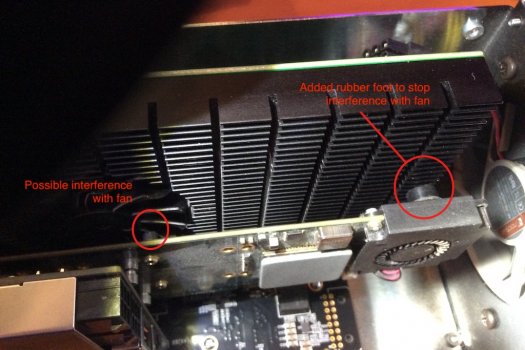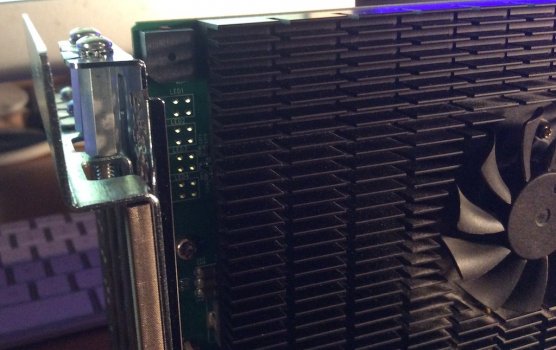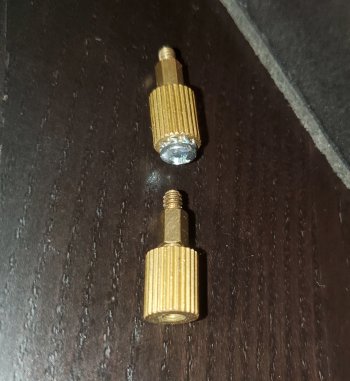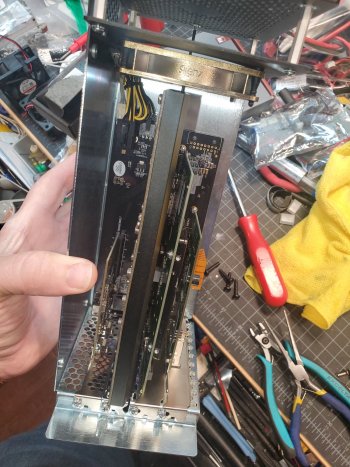In most cases, it’s not the enclosure, that matters, but nearly always the SSD-stick you put into the enclosure. A good place to start is here:
AnandTech Forums: Technology, Hardware, Software, and Deals
Seeking answers? Join the AnandTech community: where nearly half-a-million members share solutions and discuss the latest tech.www.anandtech.com
Note, that when you plan on writing large amounts to an SSD, it is really important to look into the write performance. If you use BlackMagic and other test programs, you only get “sprint info” (few megabytes written). What you need is to look into “Marathon distances” for write, let’s say several hundred gigabyte in one go, if you edit video and other large size projects.
If you look in this table, you clearly see, that some SSD’s in many respects are “write once read many” types, where copying/saving/writing large amounts of data can reach DOWN to the same level, as rotating rust (HDD):
Compare the performance of Samsung 970 Pro (which I use) and Corsair MP600, and it’s easy to see the real life differences.
Note, that these measurements are performed internally on desktop computers. If you mount them in an external Thunderbolt 3 enclosure, you’ll typically reach read limits of 2700-2800 Megabyte/second and around 2200-2300 megabyte/second for the absolute best SSD’s (give or take a bit). Aaand only, when you move really large files (hundreds or thousands or more megabyte apiece); if you move a lot of small to tiny files, SSD’s also slow down, just like HDD’s.
These figures are ONLY realistic, if you connect the enclosure directly to the machine via a good cable (usually included with the enclosure) and with sufficient cooling (cooling pads not always included or too thin, but a few spare/extra pads bought at the same time, doesn’t cost much).
If connected via an external dock, especially write speed will suffer. The dock has a maximum of 40GBit/sec, and if you also have a hi-res monitor or two connected, as well as networking and other paraphernalia, throughput will suffer. Just like a six lane freeway may be congested, if lot’s of cars is trying get through at the same time, and speed suffers.
Notebooks with four thunderbolt connections are obviously better suited, than notebooks with only two or especially limiting one, if power via USB-C is also taking place. In addition to that, it pays to look at standard usage. Example:
If I copy a huge file-set from one Thunderbolt enclosure to another, directly connected to the same notebook, I get around 1 GByte per second on my Asus EliteBook B9450FA (Intel) - two ports, for copy the power supple cannot be connected - compared to 2 GByte per second copying the same files from/to the same SSD/enclosures using the same cables on my Apple MacBook Pro 13 (2018, Intel, four ports). The first has two ports, the latter has four, but that’s NOT the limiting factor here. The Asus cannot sustain both writing and reading to different thunderbolt 3 ports at the same time. The Apple can, and it does not matter, if the ports are on different sides or on the same side. It’s the actual motherboard hardware design - both use Intel chips - that makes the difference. Whether NTFS, ExFAT or APFS is used has nigh to zero influence on performance.
Both machines deliver roughly the same, high read and write results, when using standard disk speed test programs. That’s the shocker in this example from real life.
In the big picture, the enclosure and cable seldom has a big influence (most use near identical chipsets and electronics anyway). The quality of the actual computer, the environment planned for use (direct connection or via dock) and most: The actual quality of the SSD - reaching from superb and expensive to downright lousy, but cheap.
That’s my view.It’s not popular amongst resellers of low cost SSD’s ;-)
Regards
you are right but still, all the enclosures are not the same, depending on the performance and qualité of the PCB and the chipset, each SSD will react differently
One must find the best combination between enclosure and SSD


